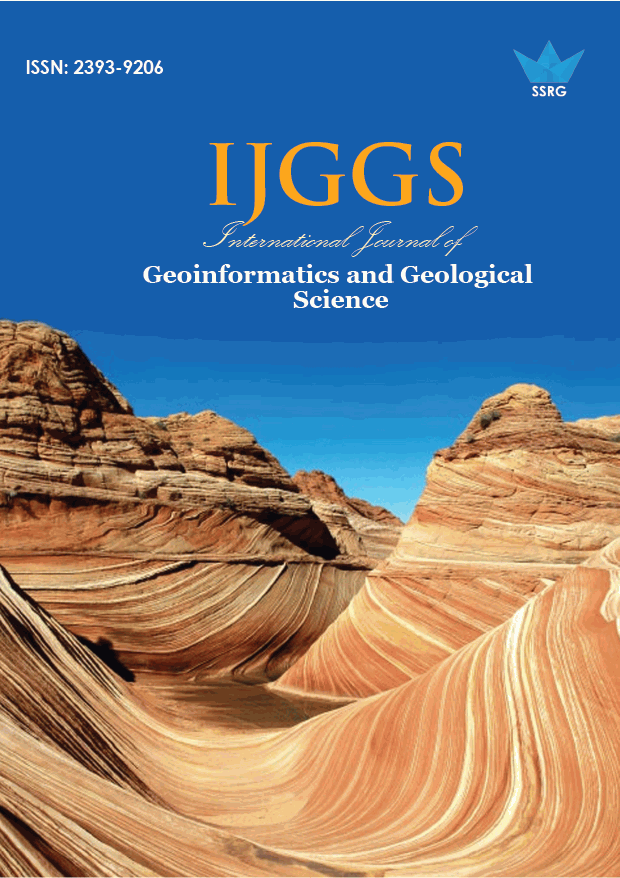Problem with gravity

| International Journal of Geoinformatics and Geological Science |
| © 2020 by SSRG - IJGGS Journal |
| Volume 7 Issue 1 |
| Year of Publication : 2020 |
| Authors : Marek S. Żbik |
How to Cite?
Marek S. Żbik, "Problem with gravity," SSRG International Journal of Geoinformatics and Geological Science, vol. 7, no. 1, pp. 30-36, 2020. Crossref, https://doi.org/10.14445/23939206/IJGGS-V7I1P104
Abstract:
A brief review of major publications regarding gravity reveals very little understanding of its nature. Here we show cases where gravity acceleration equals to force acceleration may be seen by its effect of dragging mass possessing particles and bodies through the spacetime frame understood as scalar quantum fields. This can be explained as spacetime movement relativity. In such a view, spacetime frame may be dragged and swallowed by mass-possessed bodies combining and moving space towards centre of all mass-possessed objects. As the spacetime convergent scalar field vectors, visualised as frame lines coming closer towards each other and point towards the mass centre, acceleration forces are created as a result. Such an effect may be sensed as gravity acceleration and measured at the planetary surface as mass weight.
Keywords:
Gravity
References:
[1] Stillman, D. (1999). “Essays on Galileo and the History and Philosophy of Science”, Volume 1, University of Toronto Press, p. 216.
[2] Frank, E. M. (1998). ”Portret Izaaka Newtona”. Warszawa: Prószyński i S-ka, 1998, seria: Na ścieżkach nauki
[3] Einstein, A. (1905). Zur Electrodynamikbewegter Körper. Annalen der Physik. 322 (10): 891–921.
[4] Weinberg, S. (1972). “Gravitation and Cosmology: Principles and Applications of the General Theory of Relativity. New York: Wiley”. ISBN 0471925675.
[5] Friedmann, A. (1922). Über die Krümmung des Raumes. Zeitschriftfür Physik (in German). 10 (1): 377-386. (Translation in: Friedman, A. (1999). “On the Curvature of Space. General Relativity and Gravitation”. 31 (12): 1991–2000.
[6] Griffiths, D.J. (1987). “Introduction to Elementary Particles”. John Wiley & Sons.
[7] Iorio, L. (2011). "Some considerations on the present-day results for the detection of frame-dragging after the final outcome of GP-B". Europhysics Letters. 96 (3): 30001.
[8] Linde, D. A.; Mezhlumian, A. (1994). “From the Big Bang theory to the theory of a stationary universe,” Phys. Rev. D 49, 1783.
[9] ŻBIK, M.S. (2018). “Flocculated Universe, is the Universe an Electromagnetic Entity?” SSRG International Journal of Geoinformatics and Geological Science (SSRG - IJGGS) - Volume 5, Issue 3, Sept - Dec 2018.

 10.14445/23939206/IJGGS-V7I1P104
10.14445/23939206/IJGGS-V7I1P104